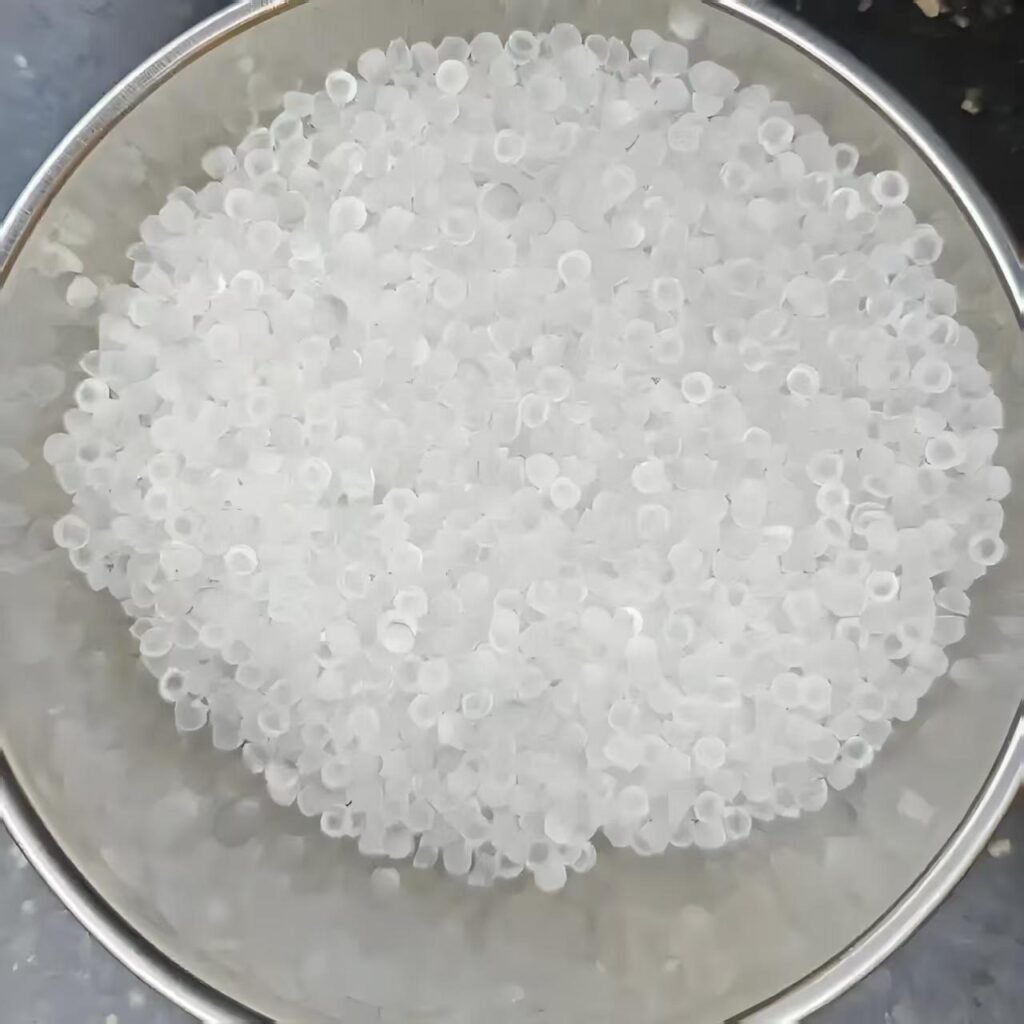The following is an analysis of cutting-edge dynamics and trends:
1. Carbon fiber “flying saucer” aircraft debuts in Shenzhen
Shenzhen Zhihang UAV Company launched the world’s first disc-shaped electric vertical take-off and landing manned aircraft. Its core breakthrough is the use of carbon fiber composite materials and aviation-grade aluminum alloy shells to achieve a perfect balance between high strength and light weight. The duct design has built-in propellers to ensure safe take-off and landing. It is suitable for sightseeing and advertising scenes, heralding a wave of innovation in low-altitude economic materials.

2. South Korea’s revolutionary conductive plastic breaks the limit
The new polymer conductive plastic jointly developed by Busan University and Asia University is still stable at minus 268℃. The infrared reflection performance is comparable to metal. This technology breaks through the defect that the resistance of traditional plastics decreases with temperature. In the future, it will be used in high-precision fields such as anti-detection radar and communication protectors, opening up a market of hundreds of billions for functional plastics.

2. Policy storm: dangers and opportunities under the global plastic ban
The “full plastic ban” in California, USA has been implemented: supermarkets will ban plastic shopping bags from 2026, and 12 states including New York and New Jersey will follow suit. The EU, the UK, Kenya and other regions have already implemented strict plastic restrictions.
Germany’s mandatory registration system takes effect: Amazon Germany requires sellers to submit disposable plastic registration numbers before January 1, 2025, otherwise the products will be removed from the shelves.
Transformation direction: cross-border sellers can turn to paper bags/cloth bags, degradable plastics (such as loofah dishcloths, bio-based garbage bags), or layout high value-added materials such as carbon fiber.
3. Cross-border layout: Breakthrough strategy for plastic e-commerce
1. Supply chain upgrade
Companies such as Fosu Technology have invested in the layout of cross-border e-commerce supply chains for plastic raw materials, integrating logistics and financial services, and promoting the transformation of traditional plastic trade to “business flow + capital flow”.
2. Accurate matching of regional markets
Europe and the United States: mainly promote environmentally friendly materials, require CE/ROHS certification, match platforms such as Amazon and OTTO, and choose PostNL and Wanyitong special lines for logistics; Middle East/Southeast Asia: focus on lightweight packaging products, rely on Noon and Shopee platforms, and use localized logistics such as J&T;
3. Customs clearance compliance: choose tax-inclusive customs clearance channels, prepare IOSS numbers and product certifications in advance to avoid the risk of return.
Future Outlook: “Upgrading” Competition in the Plastics Industry
Material Innovation: Carbon fiber, conductive plastics and other technologies will dominate high-end manufacturing (such as aircraft, electronic components);
Circular Economy: Demand for degradable plastics has surged, and the global market size is expected to exceed US$30 billion in 2025;
Cross-border dividends: leverage the B2B+C model (such as the ufo007 platform), open up the wholesale and retail dual links, and combine 3D display technology to improve conversion.
Shenzhen’s “flying saucer” carbon fiber shell, South Korea’s superconducting plastics, California’s plastic ban countdown – seemingly separate events, but in fact they are puzzle pieces of the same revolution: the plastics industry is moving from “low cost” to “high value”. For cross-border sellers, whoever can accurately stitch together the material revolution, policy compliance and market positioning will be able to capture the stars and the sea in the new era of “UFO Plastic”.
